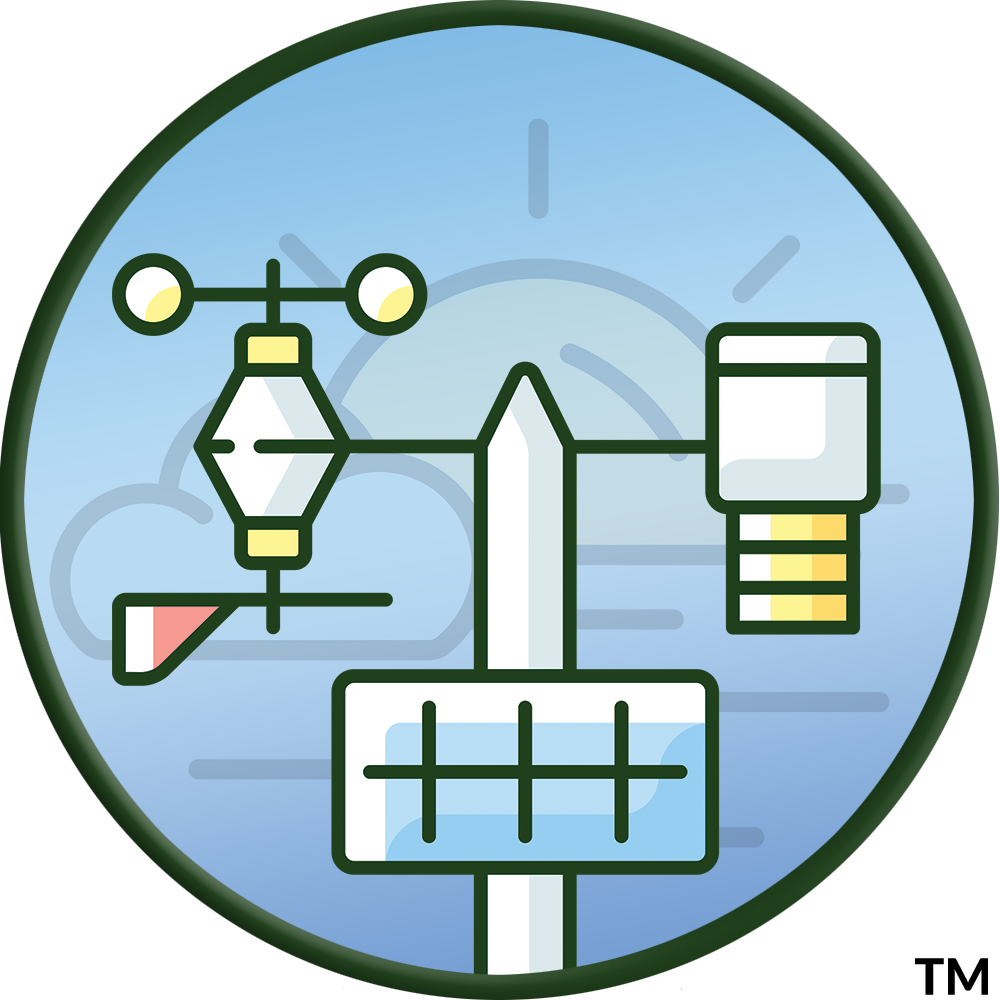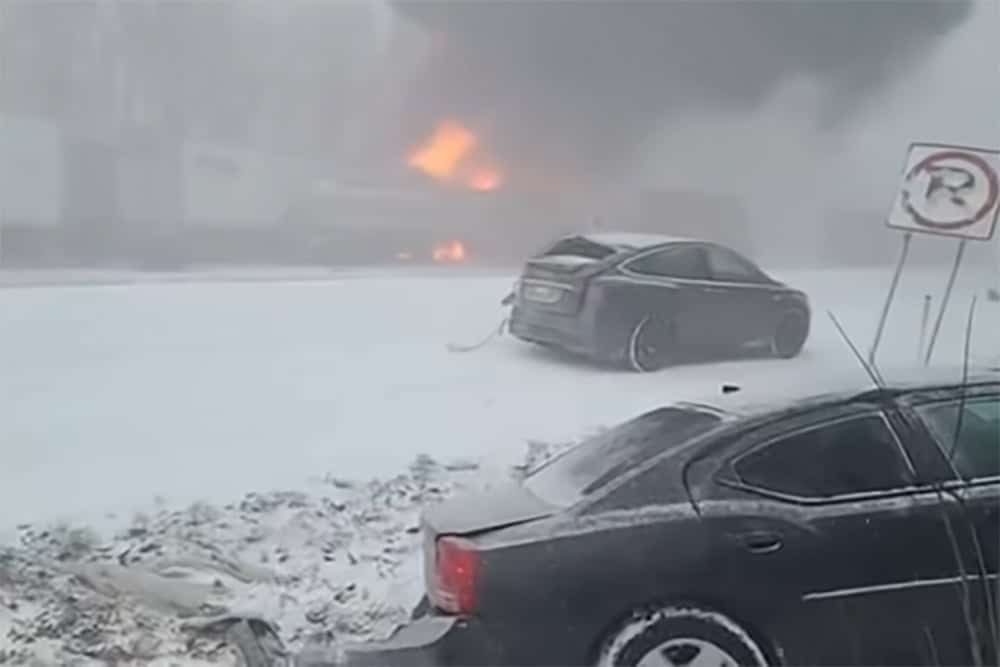Are better snow squall warnings necessary? As if the coldest late March weather in nearly three decades wasn’t enough to make headlines, unusually strong late-season snow squalls tore through central Pennsylvania Monday morning. One squall triggered a 50+ car pileup on Interstate 81 near Minersville, Pa., killing at least five. While meteorologists did provide warning of the squall, some question whether more lead time is needed.
The snow squall warning is a relatively new warning type from the National Weather Service. Previously, the NWS issued statements ahead of particularly strong events. Still, several high-profile accidents in the mid-2010s sparked emergency managers to lobby the NWS to treat snow squalls like severe thunderstorms or tornadoes.
Like a severe thunderstorm or tornado warning, the snow squall warning is issued for locations ahead of the storm to warn those to take cover. Weather radios will be activated for these warnings, as will EAS on your phone or over highway information signs.
Not much warning
Motorists did not have much warning of the squall. The region sits in an area of poor radar coverage in east-central Pennsylvania, where the radar beam can pass over the clouds and precipitation at the ground. The closest radars are well over 80 miles from this location, meaning the beam passed over the location at about 8,000 feet.
A review of the radar showed little evidence of heavy precipitation when law enforcement received the first accident reports at 10:30 a.m. EDT. There was no snow squall warning: the first warning for the area was issued at 12:13 p.m. EDT for a second squall passing through.
What is a snow squall? Read more
Without these warnings, weather radios aren’t triggered, nor is the EAS system that powers the warnings seen on highway information signs, on TV, or heard on the radio. It is not clear what message may have been posted for motorists along I-81 at the time, however, PennDOT often highlights potential severe weather on its boards when forecasted.
Is the answer to better snow squall warnings in Canada?
The gaps in our national weather radar coverage aren’t easily addressed. Doppler radar’s replacement – phased array weather radar – is years away. However, one meteorologist’s idea seems like a good compromise in the meantime.
Erdman’s idea isn’t wholly new: Environment Canada has had snow squall watches and warnings for years. In Canada, the snow squall watch is issued when conditions are favorable for snow squalls to develop.
Indeed, short-term weather models forecasted Monday’s snow squalls well and good enough that if the NWS had the capability to, a snow squall watch would have been warranted. It may have also provided advance enough warning to limit the number of cars on I-81 at that time, especially since it appears meteorologists did not have a clear radar view of Monday morning’s snow squall.
No one event will likely trigger a push for better snow squall warnings. However, there is still work to do to make sure the public is both receiving and acting on these vital winter warnings.


